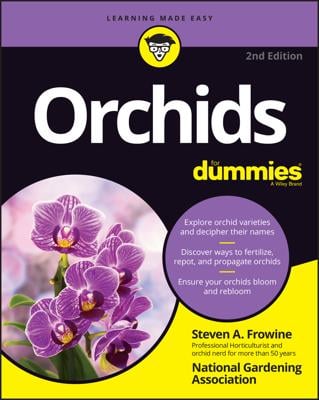Gardeners know that producing more plants is the main reason to divide your perennials, but not all perennials can be divided. Division works best on perennials that grow into colonies — groups where each new plant develops its own set of roots and leaves. Similarly, most bulbs reproduce by forming clusters of new bulbs which you can divide in exactly the same way that you divide colony-forming perennials.
Some types of perennials reproduce themselves so quickly that they can overrun the whole flower bed if you don’t intervene. Whenever you feel the need to restore order, dig up these miscreants, put a piece of them back where you originally planted them, and give the remaining pieces away.
A young perennial starts out with only one tuft of leaves and one set of roots. Many perennials reproduce themselves by sending out a length of root or stem from which a whole new plant grows. Eventually, a cluster of loosely connected but separate plants forms. The process of pulling clumps of perennials apart to create new ones is called dividing. Each piece then grows into a new clump that you can divide, and so on.
A few perennials die out in the center of their clumps as they spread, creating a noticeable bald spot. Instead of contemplating some sort of a floral toupee, you can easily correct the problem by digging up the whole plant and dividing it.
Perennials with a single, large taproot and those with multiple stems arising from a single crown don’t like to be divided. The following perennials don’t tolerate division well:
Monkshood (Aconitum napellus)
Butterfly flower (Asclepias tuberosa)
Basket-of-gold (Aurinia saxatilis)
Blue wild indigo (Baptisia australis)
Pinks (Dianthus)
Bleeding heart (Dicentra spectabilis)
Gas plant (Dictamnus albus)
Globe thistle (Echinops exaltatus)
Baby’s breath (Gypsophila paniculata)
Candytuft (Iberis sempervirens)
Sea lavender (Limonium latifolium)
Blue flax (Linum perenne)
Lupine (Lupinus)
Oriental poppy (Papaver orientale)
Balloon flower (Platycodon grandiflorus)
False lupine (Thermopsis carolinian)
Growing perennials from cuttings involves creating a new plant from a stem that starts out with no roots at all. If you’ve ever stuck a stem of ivy in a glass of water and watched it grow roots, you already have some idea how this technique works. Not all perennials can grow from cuttings. Use the cutting method for perennials that don’t tolerate division.

